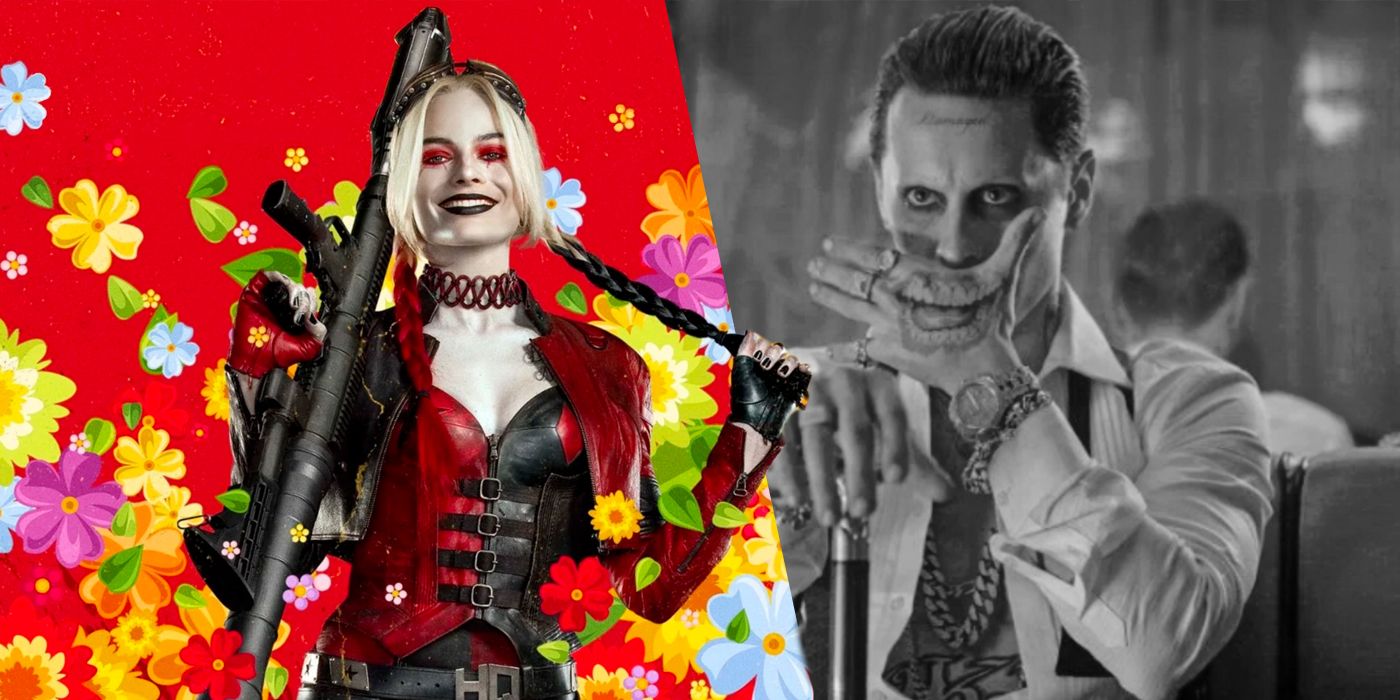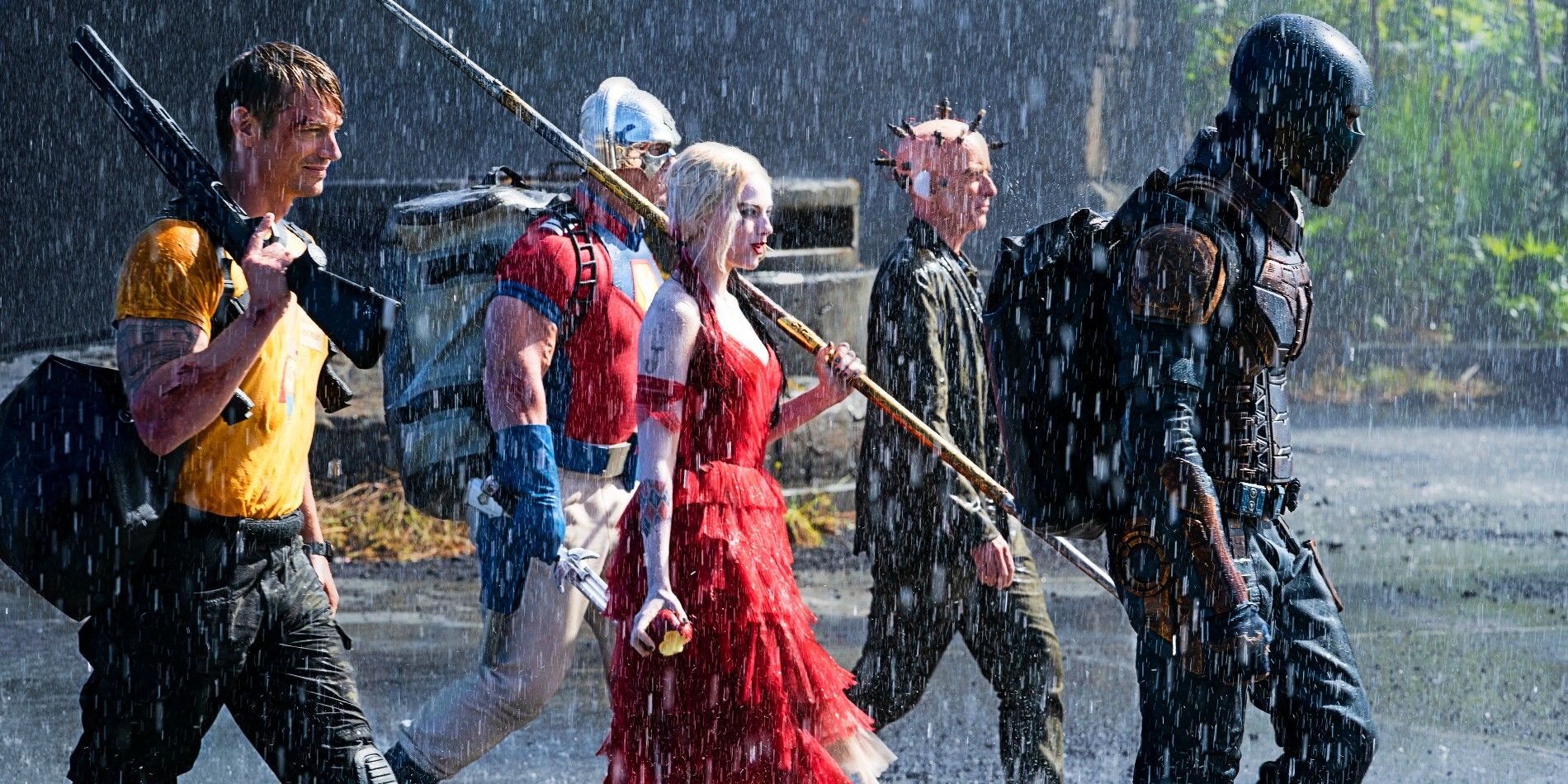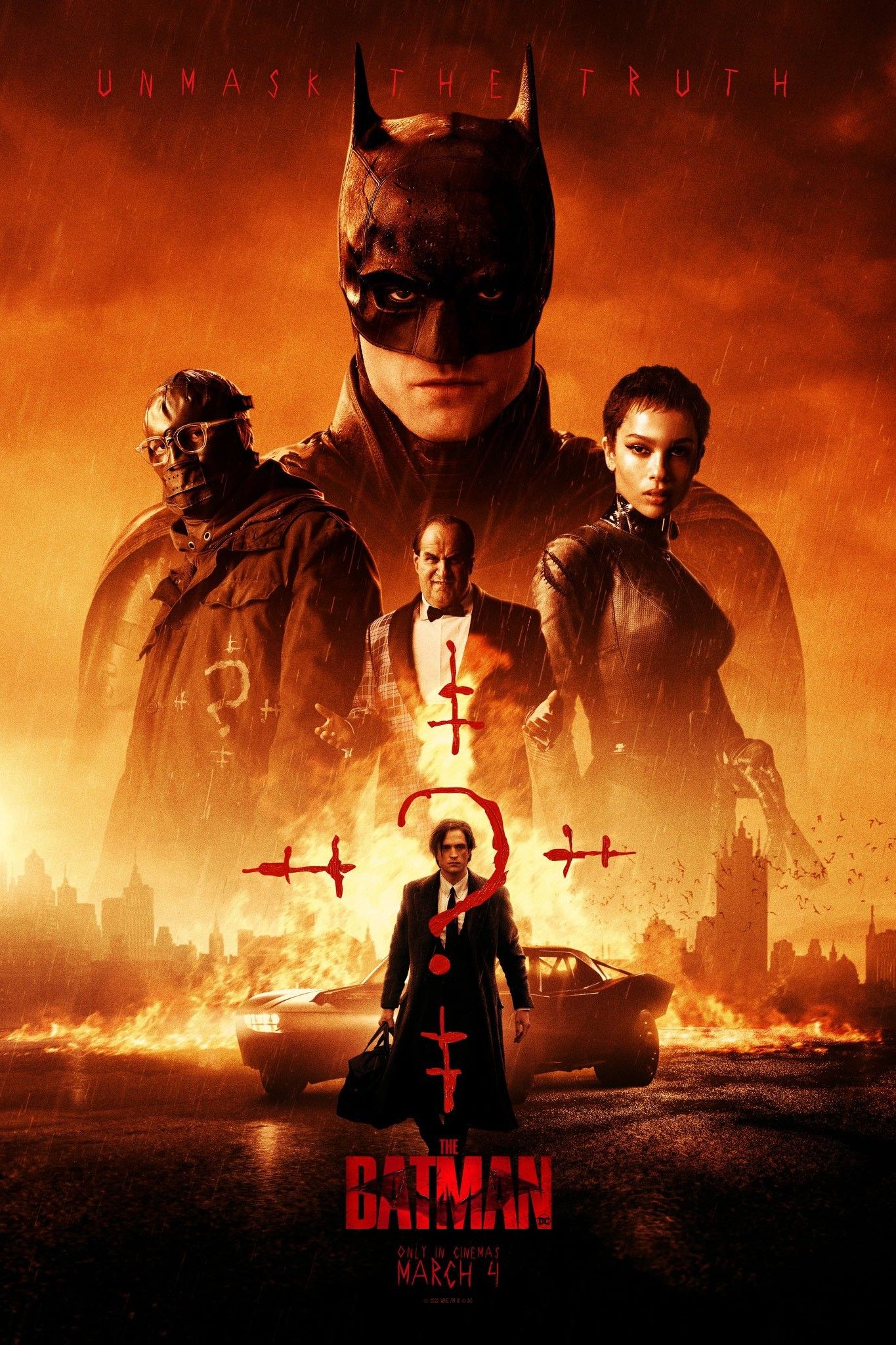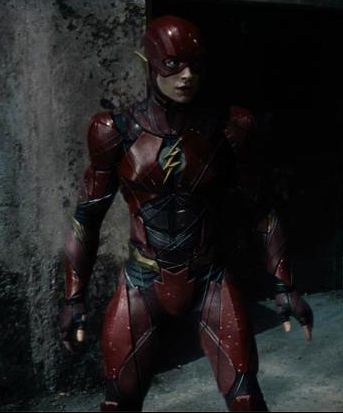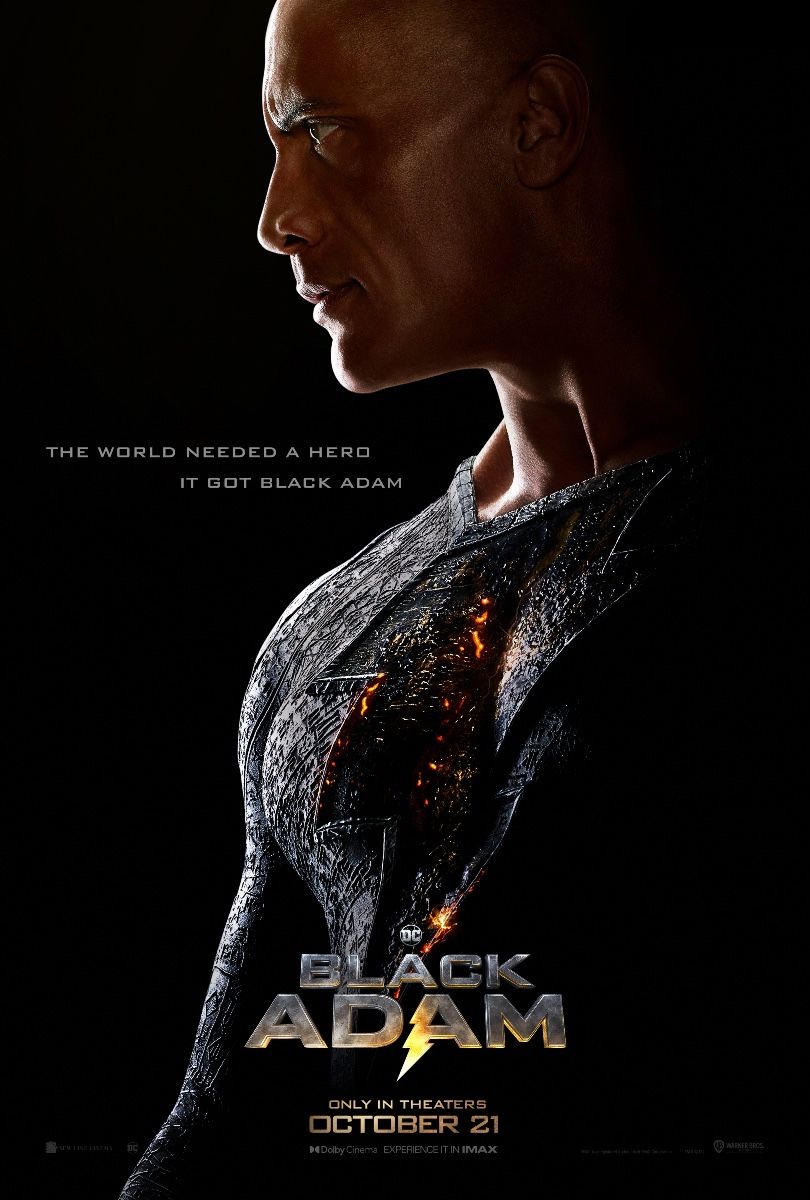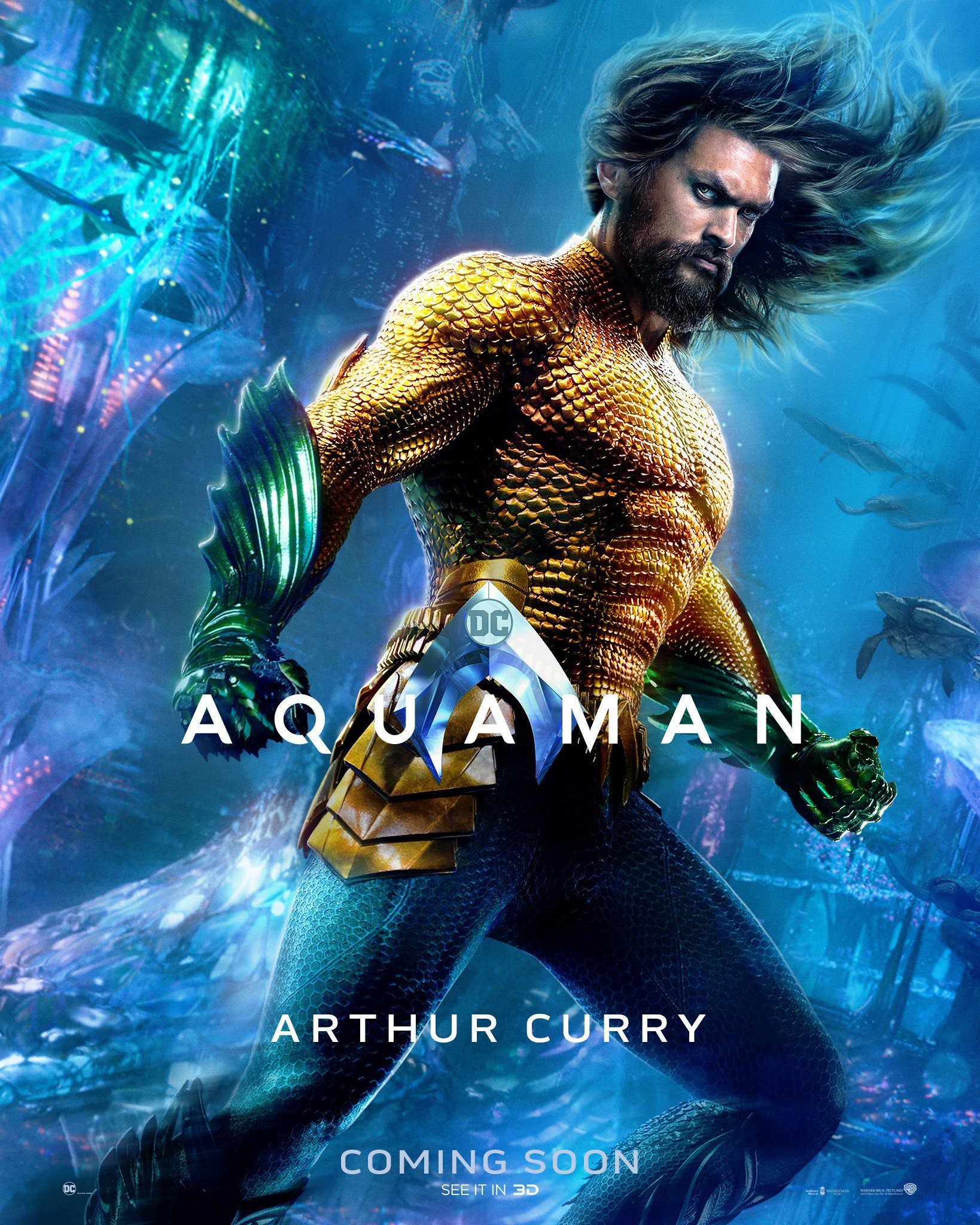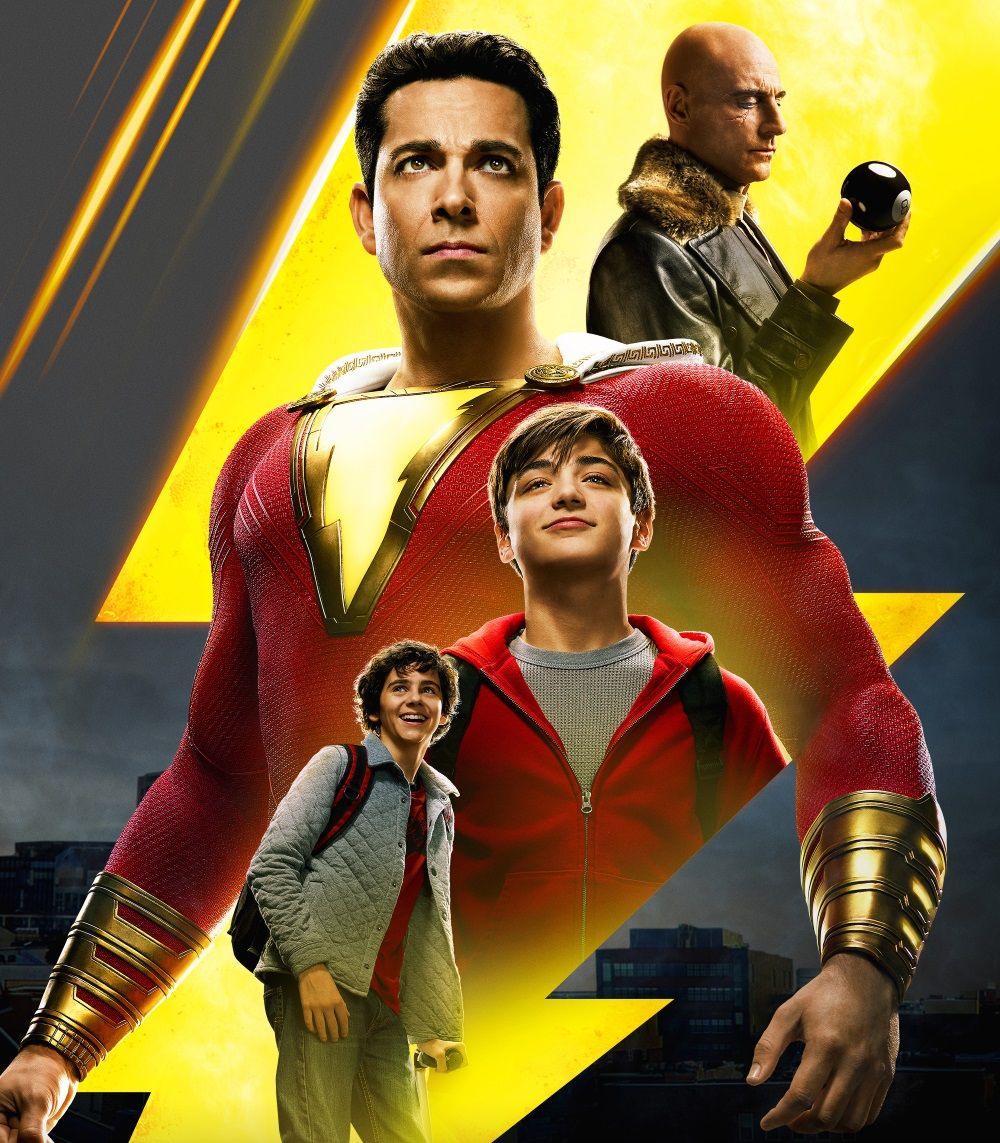Warning: SPOILERS for The Suicide Squad.
2021’s The Suicide Squad might not be a direct sequel to either of Margot Robbie’s previous Harley Quinn appearances, but it honored the character’s growth away from relying on The Joker. Harley has come a long way since her 2016 debut in the DCEU. The animated series Harley Quinn (with the character voiced by Kaley Cuoco) has helped to reinforce a new self-possessed version of the character and it was wise for James Gunn’s movie not to erase that.
In David Ayer’s Suicide Squad (2016), Jared Leto’s Joker, though largely absent in terms of screen time, played a major role in Harley Quinn’s narrative. Quinn is almost rescued by The Joker midway through the film before he successfully frees her at the end, and much of her characterization is based around her dysfunctional relationship with the Clown Prince of Crime. In Birds of Prey, Harley has separated from The Joker and the movie focuses on her rediscovering who she is without him as she develops her own independence as well as genuine connections to others.
Although Birds of Prey opens with Harley Quinn having been dumped by the Joker, it moves on to her own self-reflection, her valuing herself, and her realization of how unhealthy the relationship was for her. With the DCEU often having its own on-again-off-again relationship with continuity and The Suicide Squad being a soft reboot of the Task Force X franchise, it would have been easy for James Gunn’s script to backslide on Harley Quinn’s character arc. However, the movie acknowledges and embraces Quinn’s growth through a side-narrative in which an apparently dreamy President Silvio Luna develops a relationship with her, but she murders him when he exhibits the “red flag” of planning to murder children. Not only does this bode well for Harley Quinn's DCEU future, but the explanation that she has had to be cautious about new relationships because of her poor taste in men manages to make the scene a clear callback to the events of Birds of Prey without ever referring to The Joker by name at any time in The Suicide Squad.
Other moments in the movie help to honor Harley Quinn’s character development as well. Her ability to connect to others is emphasized by her friendship with Captain Boomerang and Rick Flag, as well as her attempt to kindle a friendship with Bloodsport at the end of The Suicide Squad. Her independence is highlighted by Harley’s javelin-fueled escape from her Corto Maltese captors: while she appreciated Rick Flag’s plan to save her, she demonstrated that she can survive alone–an aspect that people repeatedly called into question in Birds of Prey.
A couple of throwaway lines make it clear that Quinn has consistently maintained her distance from the Joker. She explains her return to prison as a consequence of “road rage. In a bank” which lines up with her plans alongside Cassandra Cain at the end of Birds of Prey. Additionally, when they are taking bets on who will die, a member of the control team for Task Force X asks “Harley and T.D.K. … have they worked together before?” which suggests that Quinn has been on multiple Suicide Squad missions since her first in 2016 without The Joker’s continued intervention.
It’s important for the DCEU to not have erased this move away from the Joker and instead helped to solidify Harley Quinn’s new independence. Quinn’s abusive relationship with the Joker was too problematic, especially as some fans have idolized the pair and DC movies have largely worked to strike a grittier tone. Allowing the character to stand alone and appear in a range of properties like Birds of Prey and The Suicide Squad is more appropriate for 2021, and also allows for a deeper look at the character, leaving them open to explore a Harley Quinn and Poison Ivy relationship in the future.

